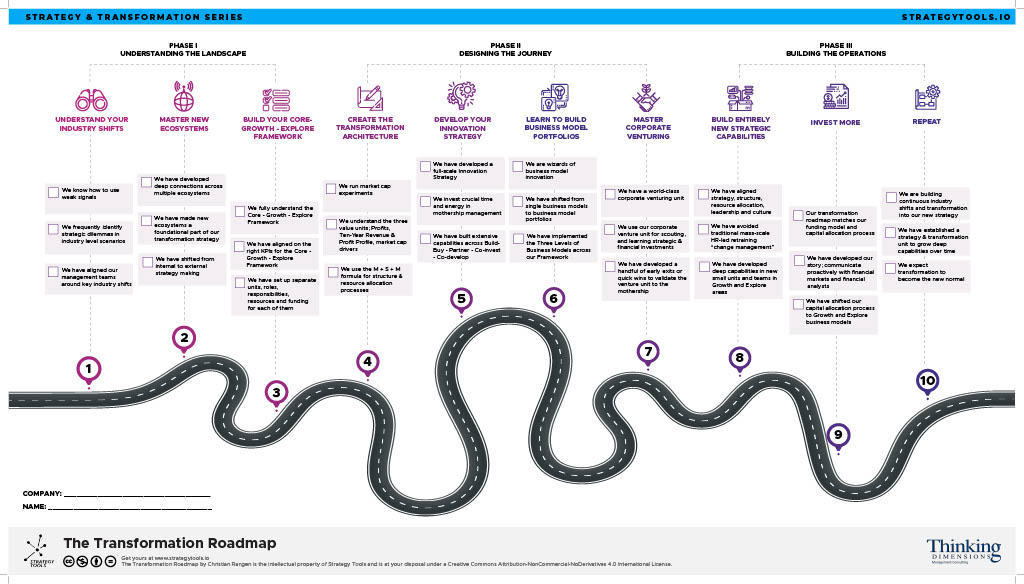M&A as your competitive advantage- how to build internal capabilities for long term success?
You and your board have debated this issue for some time.
What is the best approach to locating new M&A deals?
Outsourcing is very tempting- it does not require large fixed expenditures, on the surface possibly seems more effective, and the providers will explain how they work predominantly on success fees.
In our experience over the past 25 years, we have found consistently the way you will be most successful is by insourcing this role.
The focused search and acquisition capabilities you build inside your business are a distinct Competitive Advantage over the long term. Many companies do outsource M&A deal sourcing because the business development function is overlooked, not considered, or poorly exploited.
Where can we learn more? We head to the people who have been successfully doing this as they build businesses around the world.
In this Interview, we speak with Selig Group CEO Steve Cassidy.
Early in his career Steve himself was in the role of M&A and Business Development, and today as CEO he has built out this role in the companies he leads.
Steve shares with us his reasons and thinking on how to make Business Development and M&A work for you as he walks us through what he looks for in an acquisition and how value creation is an integral part of the long term Strategy.
1. “What are key benefits you look for in an acquisition?”
A. YOU MUST START WITH CULTURE FIT:
Firstly, we look to see if this is a fit with our Businesses. What are the Culture and Values like? How are the people in the Company? How does this Company create value?
In our business, cultures and values make the difference- “We are nothing without the people.”
Looking back on decades of acquisitions, if something went wrong it was due to a poor culture fit.
In one specific acquistion where the culture was toxic, the road to repair was long and took over 10 years to fix. Changing a caustic work environment is very difficult in an acquired firm. You have to remember - the people ARE the company you are buying.
B. REPRESENT AS A TEAM:
We also look at the team in the target- “Do you really have a team? , Do they represent themselves as a team?"
The management team should be aligned and able to articulate what their story for growth is and what their competitive advantage is. Consider as an example a company asked what differentiates them- if they are unable to answer this question it is a big red flag.
C. MEANINGFUL VALUE CREATION
We look at the value generated with the transaction. It must be a meaningful acquisition. I have learned - It is as much effort to integrate a $2 Million (EBITDA) transaction as $20 Million.
We look for the transactions that move the needle. A rough indicator for "meaningful" to me is targets that are 20-50% of our current EBITDA. We also consider carefully acquisitions that are larger than our existing business. It is important you fully understand that you need to "digest whatever you buy and make it work."
In our search for value our first filter is EBITDA: Does it match with ours and is there potential for margin growth? What will it take to improve?
Second , complimentary business is key. We consider same markets with new products, or new markets with same products as focused areas to consider. Opportunities are sometimes presented for new product/new market combination but that is very risky.
We keep coming back to the question- “How do you create value?" and "Can your team articulate and believe in how they create value?
2. What challenges do you see today in finding the right targets? How do you know when they are right?
Finding the right targets is difficult. The question is- how do you find them?
The best deals are proprietary. Auctions are a lot of work.
Factors we consider to determine if a deal is "right" include:
- We look for Strong Market positions and niches.
- Deals we can figure out our ways to get our arms around.
- Deals that are Clear, Specific and match our strategic criteria -this is where we really utilize our Strategy process to determine good fit.
- There is a clear pathway for growth.
- Targets that know their competitive advantage
Importantly- know why you want to do this deal. Ensure this is clear, and be prepared to live with your decision.
The key challenges in finding targets are having the discipline to stick to a Strong Rationale, being consistent in your approach, and ensuring your strategy is targeting the right activities. Throughout all of this -executive management bandwidth is key.
You need to be ready to act, to close, and have the necessary resources for integration.
3. What recommendations do you have for companies looking to better develop their M&A capabilities?
A. IMPERATIVE for GROWTH
A trigger to develop M&A capabilities is when you know you need M&A activity to grow.
When you have someone on your team, they really have skin in the game, they understand the business from inside, and their activity is very focused. This allows you to distill a big world into actionable steps.
B. PATHWAY for NEW TALENT:
As the company grows, there is a human capital point to consider as well- your business development M&A team can link targets to succession planning.
Where are the holes?
Can an acquisition bring on board new talent that can fill gaps?
In this way you can create a plan to bring capable people into the business.
C. SPEED: Another big advantage with internal M&A capabilities is that you can move very quickly. You are closer to the deal.
You need to develop your internal capabilities that are focused and are not “Diverse Generalists"
4. Given the expense and difficulty in finding and retaining the right business development/M&A talent, why not simply outsource?
Simple, No one knows you better than you know your own business.
You need the ability to screen very well, to operate at speed, to be sure there are no hidden agendas and conflicts of interest. You can ensure alignment, effectiveness, and better achieve the objectives with your own internal team.
This also leads to accountability- our internal M&A team knows they will need to live with the consequences of the deals they have chosen. This is a further incentive to seek for the good of everyone in the company.
5. How does Competitive Advantage link to Business Development and Value Creation?
You need to start by really understanding your competitive advantage, your Strengths and Weaknesses. This leads to you understanding what capabilities you want to bring in. There is an introspective component here: “Who are YOU as a company?”
There is a focus component to this: “Can you understand YOUR competitive advantage?”
The Competitive advantage leads to how you can create value. Why does this business do what it does? How will you owning this business improve the situation? What are the real synergies this can bring?
“Who are YOU as a company?”
Some Closing Thoughts
M&A is a capability that can really propel your growth. The key to this is developing your integration capabilities.
In business development, half of the story is the system you have in place for integration. Remember that the journey for value creation only begins with buying the business. People tend to overpromise on synergies, and underestimate the act of culture change. Integration is a major task.
This Interview was conducted in November 2020 together with Selig Group CEO Steve Cassidy, Thinking Dimensions CEO Tim Lewko, and Thinking Dimensions Managing Partner Scott Newton.





